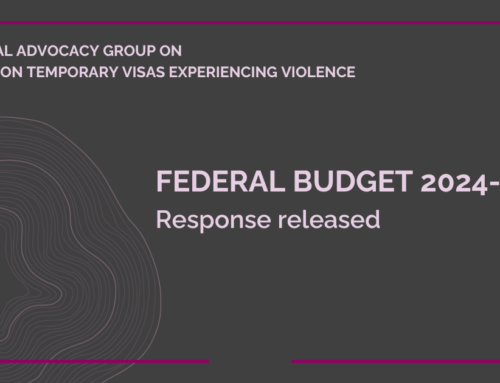24 March 2022
Today’s release of the National Student Safety Survey (NSSS) 2021 findings shows a slight improvement in student safety between 2016 and 2021. One in 5 students said they had experienced sexual harassment since commencing studies in 2016, compared to 1 in 6 in 2021. The rate of sexual assault dropped from 7 per cent to 5 per cent for the same period. Universities Australia is commended for undertaking the survey. Building the evidence base is a necessary step to check progress in eliminating violence against women.
Karen Bentley, AWAVA member and CEO of Women’s Services Network (WESNET), noted, “Unfortunately progress is too slow. These findings accord with AWAVA’s own research on young people’s experiences with violence. (1) Over forty per cent of our respondents were students, and most had experienced violence in one form or another, although sexual violence was one of the forms most commonly experienced.
“Sadly the modest pace of progress is not surprising. There is a clear consensus that a key driver of gendered violence in gender inequality – the current government’s draft National Plan to End Violence Against Women and Children acknowledges this – and we continue to see disappointing progress against key gender equality indicators.”
“We know that Covid-19, insecure work and low-wage growth is exacerbating inequalities. Women and non-binary people remain underpaid, overworked and under-represented in decision-making roles. (2) We know that family and domestic violence has increased. (3) Gendered power imbalances carry over into workplaces, universities, institutions and public and private spaces.”
“Power imbalances impact beyond the act of violence itself. Consistent with the NSSS, the AWAVA survey showed that few young people formally reported violence, due mostly to a fear of not being believed or taken seriously. A large majority said their perpetrator was not held to account. Even when the victim-survivors’ stories were believed, police and institutions were unwilling to take further action against the offender.”
“Sexual violence is not a new issue at universities, and it is not confined to universities. While many universities have put in place a number of measures to combat it, there is certainly more to be done. This has been acknowledged by the sector but it cannot be done effectively in isolation, without societal change, and it is very difficult to do without proper resourcing.”
“Universities – like women’s specialist services – have been one of the hardest-hit sectors in recent years, due to general policy settings and the impact of Covid-19 responses. Improving women’s safety is not out of reach – as evidenced by the modest improvements indicated by the NSSS – but it will take strong leadership, nationally and within each university, to prioritise women’s safety and provide equal access to the enjoyment and benefits that higher education can confer.”
—
Footnotes:
- Young Women’s Report (AWAVA 2022).
- Women working full-time hours earn $255.30 less than men per week (WGEA 2022); women consistently experience more time-stress than men (Melbourne Institute 2021, p. 12); women make up less than a third (47 of 151) of MPs in the Australian House of Representatives (APH 2022).
- The impact of the covid-19 pandemic on experiences of intimate partner violence among Australian women (ANROWS 2022).
ENDS
Contact: Karen Bentley, Chief Executive Officer, WESNET, [email protected] or the communications officer at [email protected].

